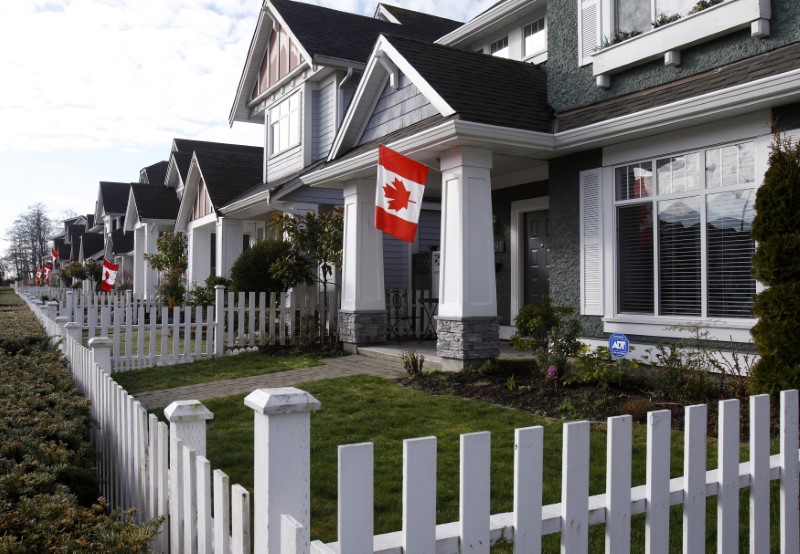Just a few months ago, the majority of Canada’s housing markets were in or were leaning towards being a seller’s market. The excitement of future rate cuts brought competition up, but the momentum didn’t last long. The Bank of Canada’s two rate cuts haven’t yet brought a rebound to the market, and with prices remaining elevated, many buyers are waiting on the sidelines. This cooling demand has led to many homes selling under the listing price, especially in Toronto and the Greater Toronto Area (GTA).
This content was originally published by Zoocasa. View original content and infographics here.
Zoocasa analyzed recent listing prices and selling prices in the Toronto region to better understand just how much homes are selling for below the asking price. Average sold prices, list prices, and sales-to-new-listings ratios were sourced from the Toronto Regional Real Estate Board (TRREB). All prices are average prices of approximately five to 200 listings per city and all property types from August 1, 2024, to August 22, 2024. Brock had no sales during this period, and Scugog had less than three sales and was excluded.
Properties in 29 of 30 Cities are Selling for Under the List Price
It’s shaping up to be an advantageous market for prospective buyers this fall as homes are selling for under their list price in nearly every city in the GTA. Across the entire Toronto Region, homes are selling for an average of $67,730 below the list price.
Prospective buyers may even find the best deals in some of Toronto’s most expensive markets. In King, homes sell for 9.7% under the average list price of $2,154,98. That works out to a more than $200,000 difference between the average list price and the average sold price. Similarly, properties in Oakville, Burlington, Vaughan, and Halton Hills are selling for at least $100,000 below the average list price.
In the City of Toronto, where the majority of sales are happening, the difference between average selling and listing prices is $50,010. Properties were listed for an average of $1,101,501 and were sold for an average price of $1,051,492. With an extra $50,000 saved, prospective buyers could invest in renovations, furniture, or even a second down payment for an investment property.
The only city in the GTA where homes sell for higher than the average listing price is Markham, although the difference is minimal. In Markham, the average selling price is $1,311,268, which is 0.7% higher than the average listing price of $1,302,436. Despite this $8,000 difference, buyers in Markham are benefitting from an increase in listings, which is putting downward pressure on prices. Average home prices in Markham are down 1% from what they were in July 2023, with condo apartment prices significantly decreasing. In July 2023, the average condo price in Markham was $792,274 and in July 2024 it dropped by 3% to $767,110.
Is Now the Best Time to Buy? Nearly All Toronto Markets Favour Buyers
Fall is typically the second busiest period for real estate after the spring, so competition usually ramps up again. However, this year market conditions are balanced or favouring buyers in every single market in the GTA.
For comparison, the sales-to-new-listings ratio (SNLR) for the Toronto Region in August 2023 was 43%, suggesting a balanced market, and in July 2024, it was 33%, suggesting a buyer’s market. Across the GTA, market conditions are becoming less and less competitive, giving new opportunities to buyers for price negotiations.
Several cities have SNLR’s below 30%, indicating a significant number of new listings with very few buyers. These cities include Brampton, Bradford, Innisfil, Richmond Hill, Vaughan, and King. Prospective buyers in these cities have an even greater advantage than those in other buyer’s markets because there is an even greater supply, offering even more choices to buyers.
With an SNLR of 32.7%, prospective buyers in the City of Toronto will also benefit from the number of new listings outweighing the number of buyers. The only markets that are not favouring buyers are Oshawa, Orangeville, Uxbridge, Stouffville, and Burlington, which are all balanced markets. However, it’s important to note that in Oshawa and Burlington, the SNLR’s are just slightly above 40%, meaning they could likely become buyer’s markets in the coming months.
“Sellers are adjusting their expectations as homes stay on the market longer, which is putting buyers in a stronger position to negotiate. This is particularly evident in areas where inventory is abundant,” says Carrie Lysenko, Zoocasa CEO. “For anyone who’s been on the fence, this Fall might offer the best chance to secure a favourable deal”.
